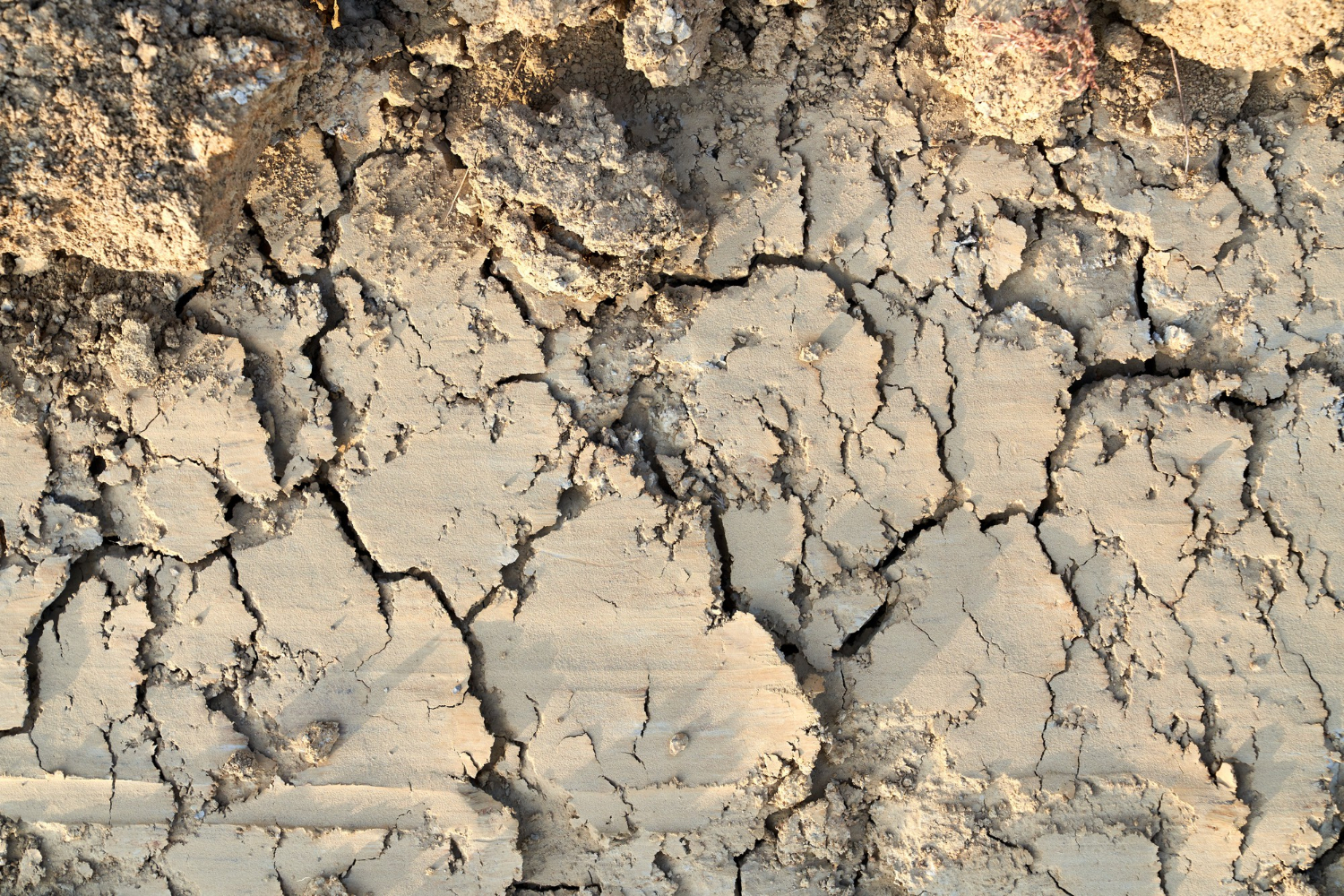Understanding Soil Erosion
Soil erosion is a natural process that can have devastating effects on our environment. It occurs when soil is worn away by water, wind, or human activity. This not only reduces land productivity but also leads to sedimentation in waterways, affecting aquatic ecosystems. To combat these challenges, it’s essential to employ effective soil erosion prevention methods.
Mulching for Soil Protection
One of the most effective soil erosion prevention methods is mulching. Applying organic materials, such as straw, wood chips, or grass clippings, not only helps retain moisture but also protects the soil from direct rainfall impact. Mulches serve as a barrier that minimizes soil displacement and promotes healthy plant growth, further enhancing soil stability.
Planting Vegetation
Another crucial method involves planting vegetation, such as grasses or cover crops, which play a vital role in soil erosion prevention. The roots of plants help bind the soil together, reducing the likelihood of erosion. Additionally, vegetative cover protects the soil surface from heavy rains and winds, which can otherwise lead to severe soil loss. Choosing native plants for landscaping can also contribute to enhancing the local ecosystem while minimizing erosion.
In conclusion, implementing soil erosion prevention methods is essential for maintaining healthy landscapes and protecting water quality. Through mulching and planting vegetation, we can foster a more resilient environment capable of withstanding the impacts of erosion. By taking active steps today, we can secure the future of our soil resources.





